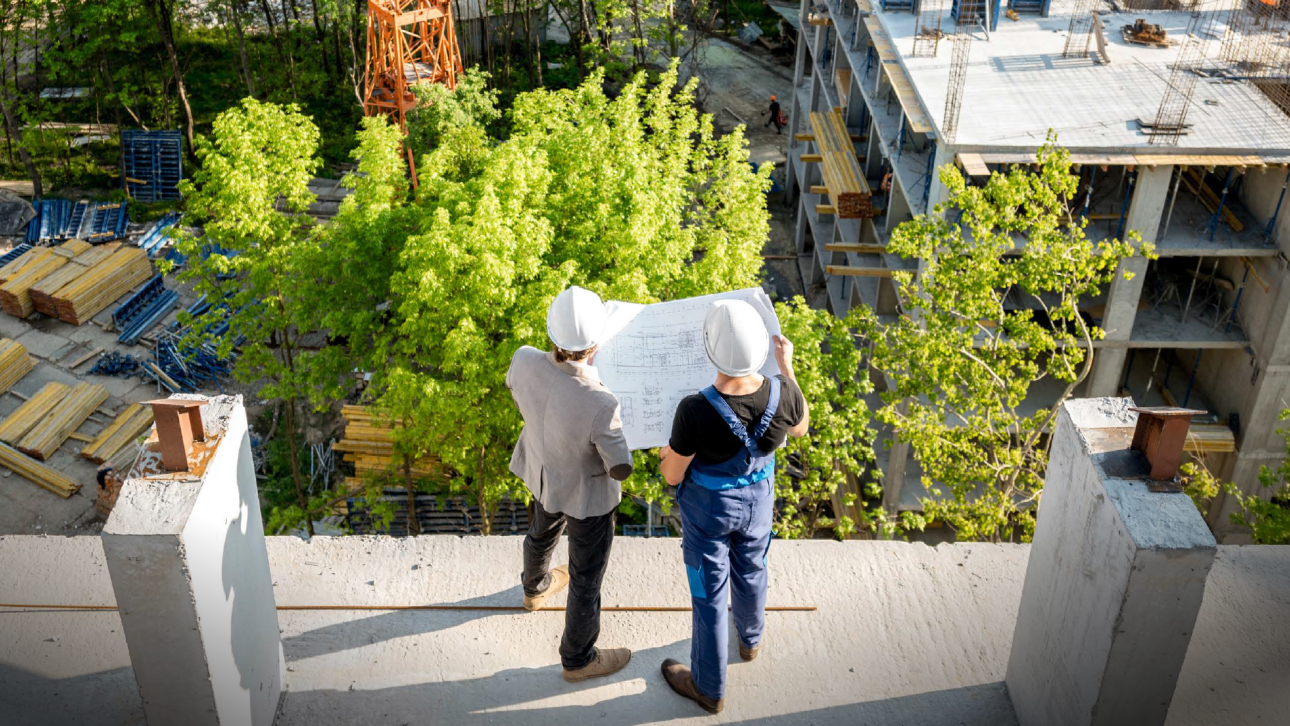Greening Buildings for Healthier People in Asia Pacific

Optimizing Climate, Health and Business Co-Benefits
About This Report ULI’s 2022 report Greening Buildings for Healthier People identifies building-scale opportunities to cost-effectively and simultaneously accelerate action on health and climate change while maximizing their business co-benefits. These insights hold particular relevance in the Asia Pacific, where some of the most valuable and densely populated real estate markets are located. These areas are often highly vulnerable to health risks such as air pollution and chronic stress, as well as climate change impacts. The strategies and benefits outlined in this report could thus serve as potent tools for building resilience, enhancing community well-being, and promoting sustainable growth in these critical urban landscapes. Why This Matters Investing in the climate and health benefits of a building is crucial for real estate assets to stay competitive and resilient, for several reasons:
- Competitive Advantage: As access to nature and eco-friendly features become increasingly desirable, properties that offer such amenities can stand out in a crowded market, attracting and retaining tenants more effectively.
- Health and Productivity: Features like biophilic design and outdoor green spaces can improve tenant health and productivity. This is especially relevant in office settings where healthier workspaces can lead to lower healthcare costs and higher retention rates.
- Resilience: Climate-adaptive features increase a building’s resilience to environmental risks, such as extreme heat or flooding, thereby reducing potential costs associated with energy demand and damage repair.
- Risk Mitigation: Green and healthy buildings mitigate risks associated with future environmental and health regulations, rising certification and disclosure expectations, and uncertainties in energy and construction costs.
- Community Impact: Publicly accessible green spaces can foster social cohesion and reduce the urban heat island effect, extending the benefits of the property beyond its customers and fostering positive brand associations with the property.
This report compiles a sample of project profiles across APAC markets to demonstrate various opportunities to achieve health, climate and business co-benefits in an integrated approach.
Report Summary: About This Report ULI’s 2022 report Greening Buildings for Healthier People identifies building-scale opportunities to cost-effectively and simultaneously accelerate action on health and climate change while maximizing their business co-benefits. These insights hold particular relevance in the Asia Pacific, where some of the most valuable and densely populated real estate markets are located. These areas are often highly vulnerable to health risks such as air pollution and chronic stress, as well as climate change impacts. The strategies and benefits outlined in this report could thus serve as potent tools for building resilience, enhancing community well-being, and promoting sustainable growth in these critical urban landscapes. Why This Matters Investing in the climate and health benefits of a building is crucial for real estate assets to stay competitive and resilient, for several reasons:
- Competitive Advantage: As access to nature and eco-friendly features become increasingly desirable, properties that offer such amenities can stand out in a crowded market, attracting and retaining tenants more effectively.
- Health and Productivity: Features like biophilic design and outdoor green spaces can improve tenant health and productivity. This is especially relevant in office settings where healthier workspaces can lead to lower healthcare costs and higher retention rates.
- Resilience: Climate-adaptive features increase a building’s resilience to environmental risks, such as extreme heat or flooding, thereby reducing potential costs associated with energy demand and damage repair.
- Risk Mitigation: Green and healthy buildings mitigate risks associated with future environmental and health regulations, rising certification and disclosure expectations, and uncertainties in energy and construction costs.
- Community Impact: Publicly accessible green spaces can foster social cohesion and reduce the urban heat island effect, extending the benefits of the property beyond its customers and fostering positive brand associations with the property.
This report compiles a sample of project profiles across APAC markets to demonstrate various opportunities to achieve health, climate and business co-benefits in an integrated approach.


